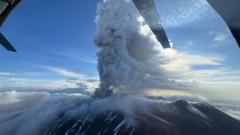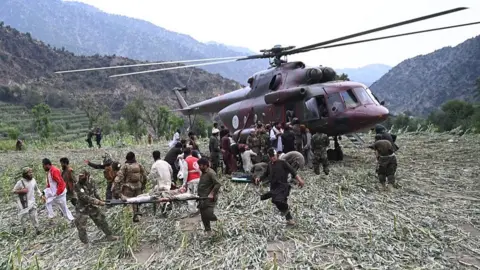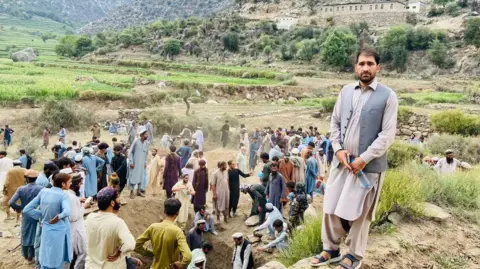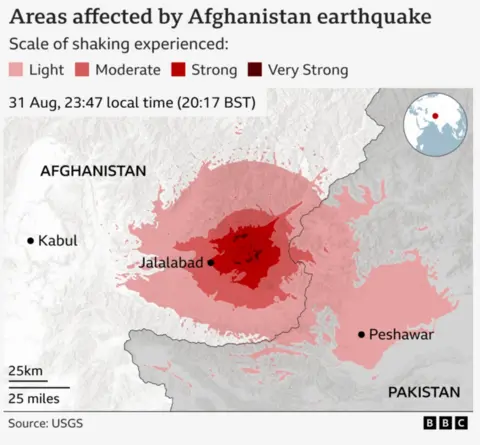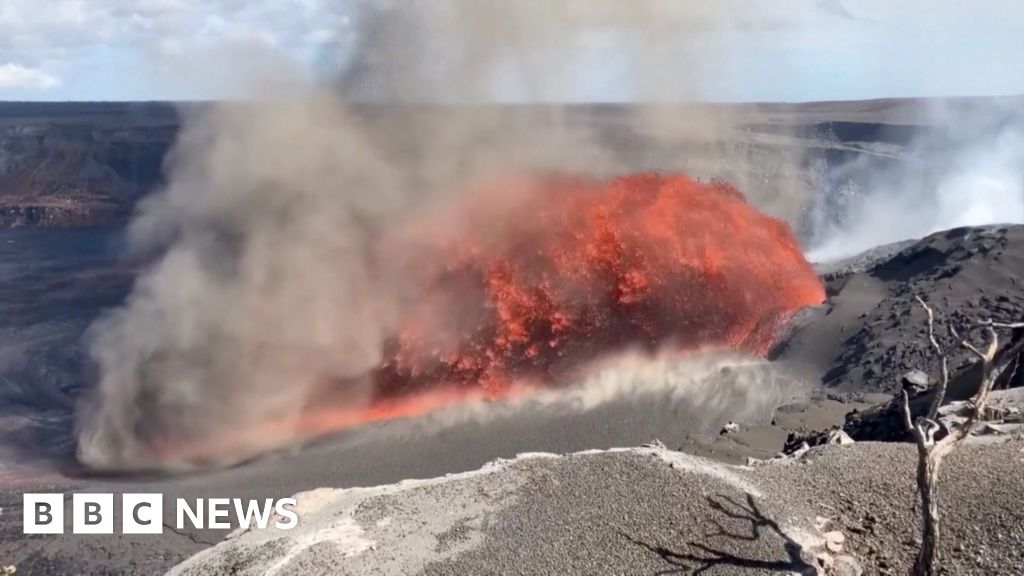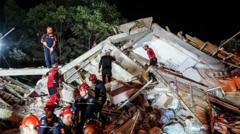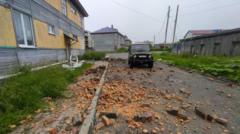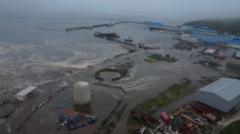A long-dormant volcano in far eastern Russia has erupted for the first time in over 500 years, with experts suggesting that the eruption might be connected to a recent significant earthquake. The Krasheninnikov Volcano, located in Kamchatka, released a substantial ash plume that reached heights of approximately six kilometers (3.7 miles) during an overnight eruption.
According to Russia's emergency ministry, the eruption does not pose an immediate threat to populated areas. However, the volcanic activity coincided with another large earthquake that struck hours later, prompting tsunami warnings in three regions across the peninsula. This follows an earlier 8.8 magnitude earthquake that shook the same area the previous week, leading to widespread evacuations and tsunami alerts that reached distant shores in French Polynesia and Chile.
The latest earthquake, registering 7.0 in magnitude, affected the Kuril Islands and has the potential to generate wave heights of up to 18 centimeters (7 inches). Meanwhile, residents in three areas of Kamchatka have been advised to remain cautious and stay away from the shoreline despite the relatively low wave forecasts.
Olga Girina, an expert with the Kamchatka Volcanic Eruption Response Team, stated that the last documented eruption of Krasheninnikov occurred in the 15th century. She further speculated that the current volcanic activity could be linked to the powerful 8.8 magnitude quake as Russian authorities continue to study these geological phenomena.
The Kamchatka Peninsula, although remote, is situated in the “Pacific Ring of Fire,” a region known for its frequent earthquakes and volcanic activity, making events like these a significant aspect of the area’s geological behavior.

